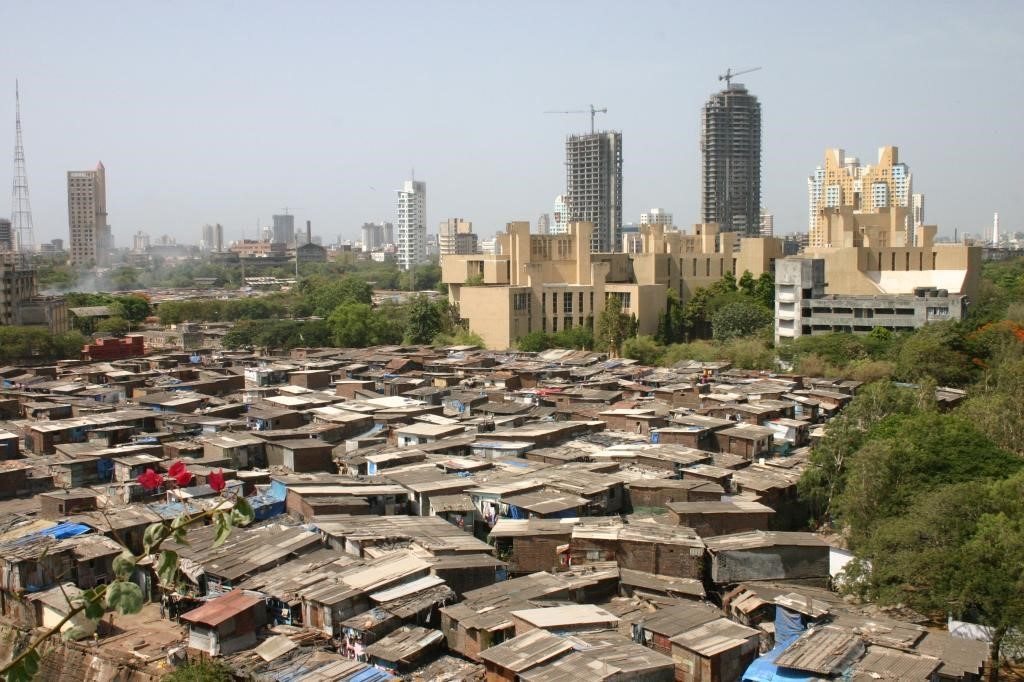
LONDON – The independent think tank, Overseas Development Institute (ODI) has released a shocking report that indicates that 25% of the world population – 40% of all urban dwellers – will live in slums by 2030.
This is only one of the failures to achieve adequate progress on the UN’s list of 17 Sustainable Development Goals. The 76-page study released this week focused on those goals that have a direct impact on the global population. Frankly, in many cases, there are indications or reversal rather than progress. Here are some of the other most worrisome evidence-based projections for 2030 in the report.
- Sanitation. 25% of the global population will still lack access to sanitation. However, the ODI expects that the percentage lacking access to “safely managed sanitation” will be substantially higher.
- Population. Fragile and Conflict-Affected States (FCAS) will be home to one-third of the global population and will, therefore, have extraordinarily high numbers of people who are deprived of essentials for living healthy lives.
“The number of undernourished people will rise by 84.5 million, the number lacking improved sanitation by 45 million, and the number living in slums by at least 106 million.”
- Poverty. The percentage of people living in extreme poverty will fail to meet the definition of elimination of extreme poverty established by the World Bank, which is three percent or less of the population.
- Hunger. The percentage of people who are hungry is expected to fall from 12% to 8%. However, there is a disturbing trend in low and middle-income countries where “undernourishment” is on the increase and is expected to include 412 million people by 2030.
- Education. 75 million children in 35 FCAS need educational support. Only 10% of signatory countries are projected to be positioned to provide adequated education for their children. More than half of all out-of-school children are located in FCAS. FCAS currently are home to 49% of people in LICs and MICs without a lower secondary education. By 2030, that share is expected to rise to 58%.
- Child Marriage. Nearly 12 million girls marry before the age of 18. Half of them live in low and middle-income countries. The percentage is expected to drop only marginally by 2030. The percentage in 11 countries, nine of which are in sub-Saharan Africa, is expected to rise.
- Income Inequality. 80% of the global population lives in countries where income inequality is becoming a greater problem. The countries that continue to face measurable inequities include Bangladesh and Pakistan in South Asia.
The world is not now, nor has it ever been since Adam sinned, a friendly place. With only 12 years ahead to reach the UN’s sustainable development goals, there is growing doubt that the UN and its member countries will ever be able completely and summarily solve the problems we face without divine intervention.
Be assured, followers of Jesus know that help is on the way.
To read more posts on Missions Box on the worldwide issue of poverty, go here.
Sources:
- Sight Magazine, Red flags raised as global pact to improve the world hits third year
- Overseas Development Institute, SDG Progress Report
Image Source:
- By Sthitaprajna Jena (Flickr: View from Nehru Centre) [CC BY-SA 2.0], via Wikimedia Commons
For more information about this, click here.




